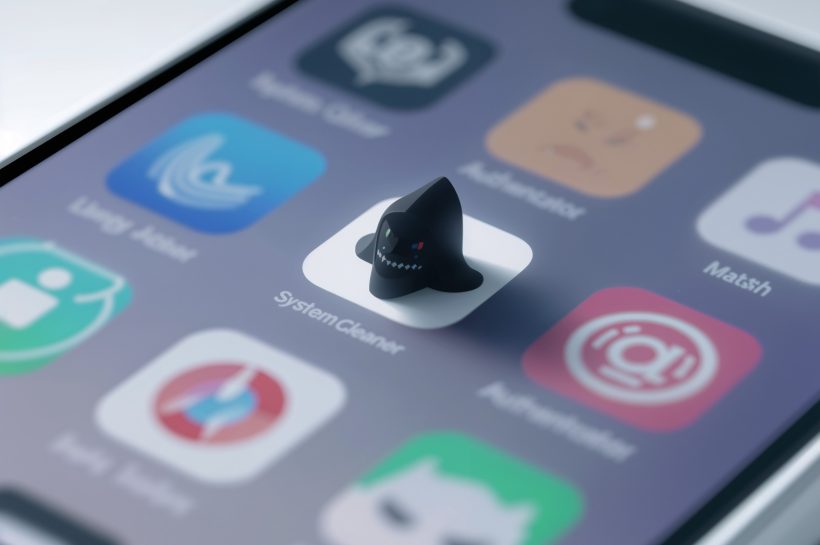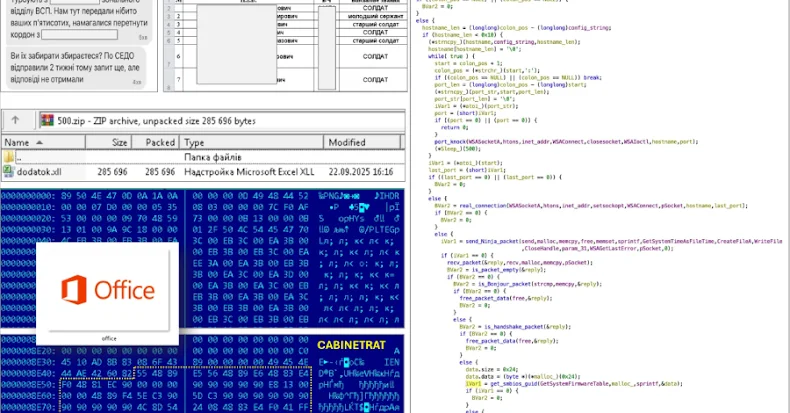
Google Mandiant Investigates Oracle-Linked Cyber Threat Activity
Google Mandiant has launched an investigation into a new cyberattack campaign targeting Oracle systems, raising alarms over advanced threat activity and enterprise risks.

Google Mandiant has launched an investigation into a new cyberattack campaign targeting Oracle systems, raising alarms over advanced threat activity and enterprise risks.

Researchers developed a $50 memory interposer, dubbed “Battering RAM,” that can bypass Intel SGX and AMD SEV-SNP confidential computing protections by manipulating memory paths.

Despite Cisco and global agencies issuing urgent zero-day alerts, nearly 48,000 Cisco ASA firewalls remain vulnerable and exposed to ongoing exploit campaigns.

A newly discovered Android banking trojan combines overlay attacks with a stealthy hidden VNC server to gain full remote control over compromised devices.

Ukraine’s CERT-UA has warned that CabinetRAT backdoor malware is being actively deployed in cyber espionage campaigns targeting government and critical networks.

APT35 hackers, linked to Iran, are conducting cyberattacks against global government and military organizations, using spear-phishing and malware for espionage.

Security researchers have identified a critical zero-day flaw (CVE-2025-41244) affecting VMware Tools and VMware Aria. The bug enables local privilege escalation to root, a dangerous step in potential exploitation chains. The issue lies in service discovery mechanisms built into VMware, which allow guest and management systems to interact. Attackers are abusing this trust to escalate…

A malicious MCP server can exfiltrate API keys and sensitive data from applications, exposing how trust in developer frameworks can be abused.

EvilAI operators are hiding malware in legitimate-looking AI tools that appear functional and signed, enabling reconnaissance, browser data exfiltration, and encrypted C2 communication across global targets.

Hackers posing as Medusa agents tried to lure BBC’s Joe Tidy into facilitating a cyberattack, offering him 15–25% of ransom payouts in exchange for his laptop’s access to the network.